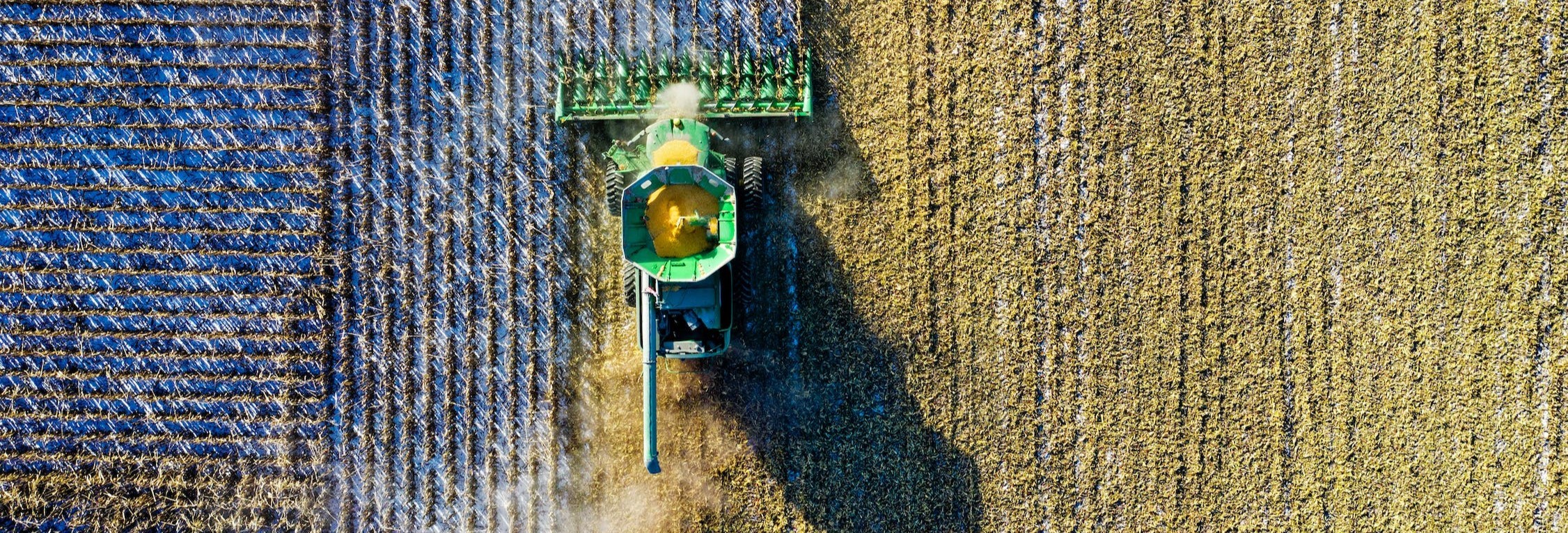Loading...
Start Date
2-3-2023 3:00 PM
Abstract
Raman Spectroscopy (RS) is a non-invasive technique that analyses biomolecules qualitatively and quantitatively. Raman spectroscopy measures the inelastic scattering of light due to molecular vibrations. It can be applied to liquid, solid, or semi-solid forms of the biological sample reducing the sample preparation measures. The minimal sample preparation and non-invasive nature of Raman Spectroscopy can be applied in developing a Process analytical technology (PAT) tool and as a diagnostic tool. We demonstrated qualitative and quantitative measurements of biologics with Raman spectroscopy through our previous studies. Our results indicate that RS distinguishes various Gram-positive and Gram-negative bacteria, fungi, and a mixture of microbes and Chinese hamster ovary (CHO) cells. In addition, RS can determine the concentration of viral samples. We aim to optimize and refine Raman spectroscopy sensitivity by developing in-line probes and acoustic devices. Our future works also involve coupling Raman data with machine learning tools for accurate in-line measurements.
Included in
Raman Spectroscopy - An Analytical Tool for Biologics
Department of Agricultural and Biological Engineering
Raman Spectroscopy (RS) is a non-invasive technique that analyses biomolecules qualitatively and quantitatively. Raman spectroscopy measures the inelastic scattering of light due to molecular vibrations. It can be applied to liquid, solid, or semi-solid forms of the biological sample reducing the sample preparation measures. The minimal sample preparation and non-invasive nature of Raman Spectroscopy can be applied in developing a Process analytical technology (PAT) tool and as a diagnostic tool. We demonstrated qualitative and quantitative measurements of biologics with Raman spectroscopy through our previous studies. Our results indicate that RS distinguishes various Gram-positive and Gram-negative bacteria, fungi, and a mixture of microbes and Chinese hamster ovary (CHO) cells. In addition, RS can determine the concentration of viral samples. We aim to optimize and refine Raman spectroscopy sensitivity by developing in-line probes and acoustic devices. Our future works also involve coupling Raman data with machine learning tools for accurate in-line measurements.



Comments
Keywords: Raman spectroscopy, biologics, machine learning, process analytical technology (PAT), microbes